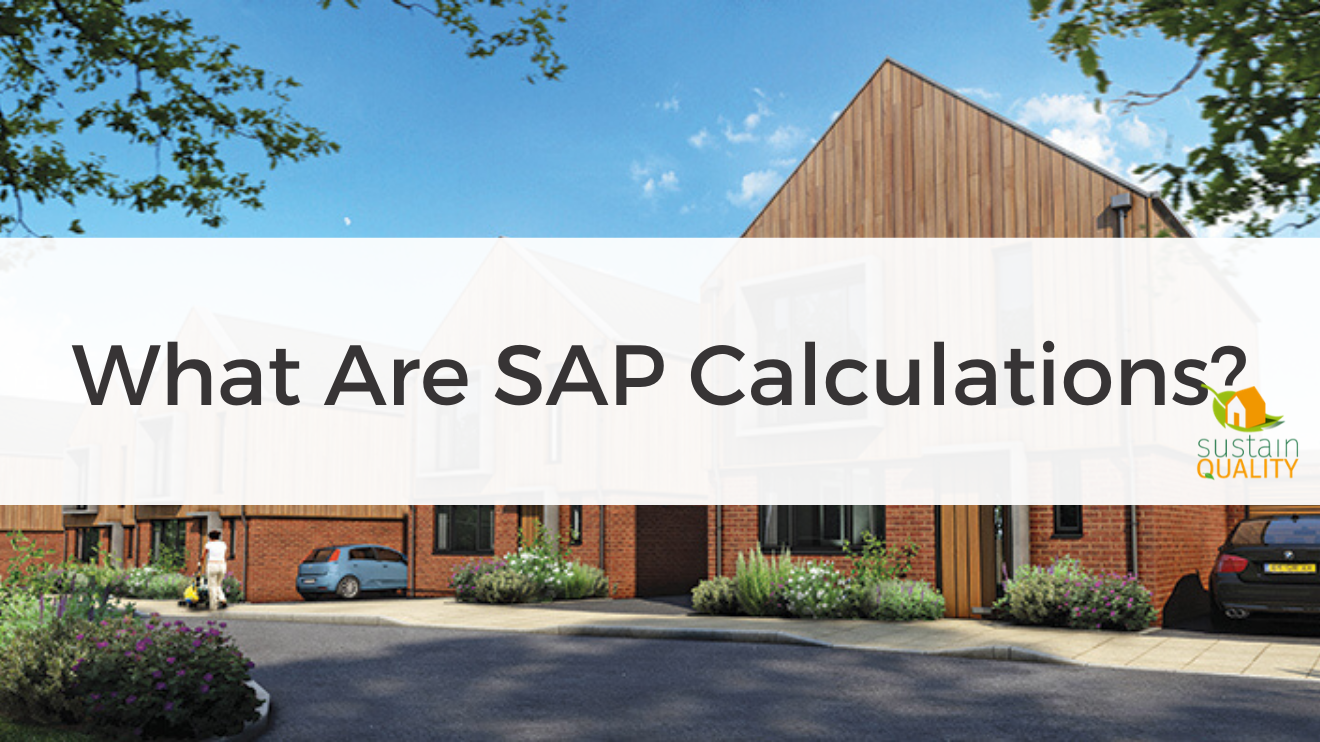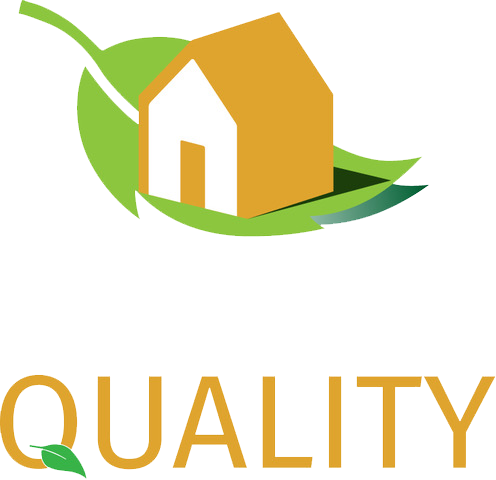SAP stands for Standard Assessment Procedure and is a measure of a building’s energy efficiency. Unlike an SBEM calculation, which focuses solely on commercial properties, SAP calculations are based on residential developments, conversions and some extensions. When a residential building has passed an SAP assessment, an Energy Performance Certificate (EPC) is generated. An EPC is a legal requirement and unless a building has one, it won’t get signed off by building control.
In England, SAP calculations measure two elements: The
Dwelling Emission Rate (DER) and Dwelling Fabric Energy Efficiency (DFEE).
The SAP calculations then determine two things:
- A Target Emissions Rate (TER) and;
- A Target Fabric Energy Efficiency (TFEE) rate.
The DER and DFEE must be lower
than the TER and TFEE.
It’s important to note, however, that in Wales and Scotland,
the report only measures the DER. Having said this, building regulation
standards are stricter in Wales and Scotland.
We’re now going to explore further what the DER and DFEE are.
What Is The Dwelling Emission Rate (DER)?
This is the actual CO2 emission rate of the self-contained
dwelling and/or individual flats (excluding common areas) based on their actual
specification.
At ‘design-stage’, a calculation must be issued to the
Building Control Body. This sets out the TER and DER of the proposed building,
along with details of its proposed specification.
Once a project is completed, a further report must be issued
to the Building Control Body. This will set out the TER and DER of the
completed building, along with any changes that have been made to the
specification.
Following this, an energy performance certificate (EPC) is
issued.
What Is The Dwelling Fabric Energy Efficiency (DFEE)?
The Dwelling Fabric Energy Efficiency rate is the actual
energy performance of the new dwelling.
As previously noted, the DFEE must not be greater than the TFEE. This is in accordance with regulation 26A of the building regulations.
Before work starts, a SAP assessor will need to calculate
the DFEE rate of the dwelling to demonstrate that it is not greater than the
TFEE rate. This should then be given to the Building Control Body, along with a
list of specifications used.
Upon building completion, the Building Control Body will
need to be notified of the DFEE rate and the TFEE rate, highlighting whether
the building was constructed in accordance with the list of specifications
submitted before work started.
A list of any changes to the design-stage list of
specifications must be given to the Building Control Body.
SAPs Come In Two Formats
Depending on your requirements, SAP calculations will come
in two formats:
- L1A for new builds
- L1B for extensions and conversions
What Are L1A SAP Calculations?
L1A SAP calculations (for new builds) are divided into two
reports:
- Design stage-Before work begins
- As built-After completion
Design Stage SAP Calculation
Before work begins, an SAP assessor will assess and approve
the construction details of the property.
This data is then inputted into specialist software, which
allows us to produce TER and TFEE rates to demonstrate that a building is DER
and DFEE compliant.
This will then provide the project leader with a ‘predicted
energy assessment’.
As-Built SAP Calculation
Upon completion, the construction details-and any other final details-are included and re-assessed. Other details may include a boiler model or airtightness score.
The final report produced is the Energy Performance
Certificate (EPC).
What Are L1B SAP Calculations?
L1B SAP Calculations (extensions and conversions) are
divided into:
- Notional
- Proposed
Notional Report
The SAP assessor will assess the construction details of the
entire property, including the proposed extension or conversion. This will then
for a report with benchmarked data.
The SAP assessor will input this data into specialist
software which will produce the notional TER and TFEE rates and DER and DFEE
measurements.
Proposed Report
This will then use the benchmarked data for existing
elements. For the new or upgraded elements, the SAP assessor will assess the
actual performance data.
Again, this data will be input into specialist SAP
calculation software, producing the proposed TER and TFEE rates and DER and
DFEE measurements.
Conclusion: Key Takeaways
We’re aware that there are a lot of acronyms and jargon associated with energy assessments. The purpose of this blog is to help de-bug some of this complex information in relation to SAP calculations.
To recap:
- SAP calculations measure Dwelling Emission Rate
(DER) and Dwelling Fabric Energy Efficiency (DFEE). - They determine a Target Emissions Rate (TER) and
a Target Fabric Energy Efficiency (TFEE) rate. - The DER and DFEE must be lower than the TER and
TFEE. - SAPs come in two formats, depending on whether
your project is a) a new build, or b) an extension or conversion.
We hope you’ve found this blog informative and not too
complicated. If you require any further information regarding your Energy
Performance Certificate, get in touch with an expert today.
Want to find out more? Fill in the form below and an expert will be in touch soon!
About Us
We are a friendly team of Engineers delivering Sustainability and Building Compliance Solutions for developments in the Commercial and Residential sectors, which include Energy Statements, Noise Impact and Vibration Assessments, BREEAM Assessments, and Air Quality Assessments in the Environmental, Social and Governance sectors.
Contact us at:
Sustain Quality Ltd
PO Box 393
COBHAM
KT11 3EL
info@sustainquality.co.uk
01372 438039






